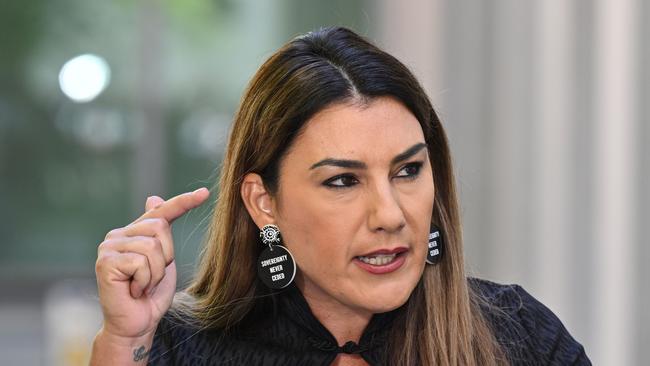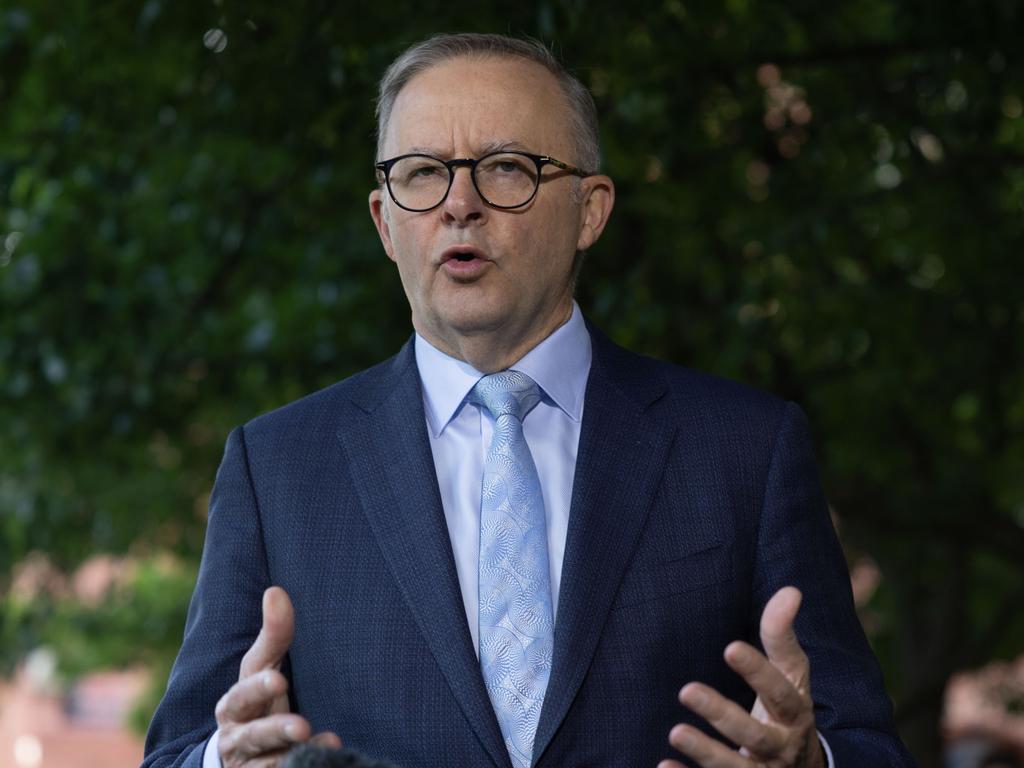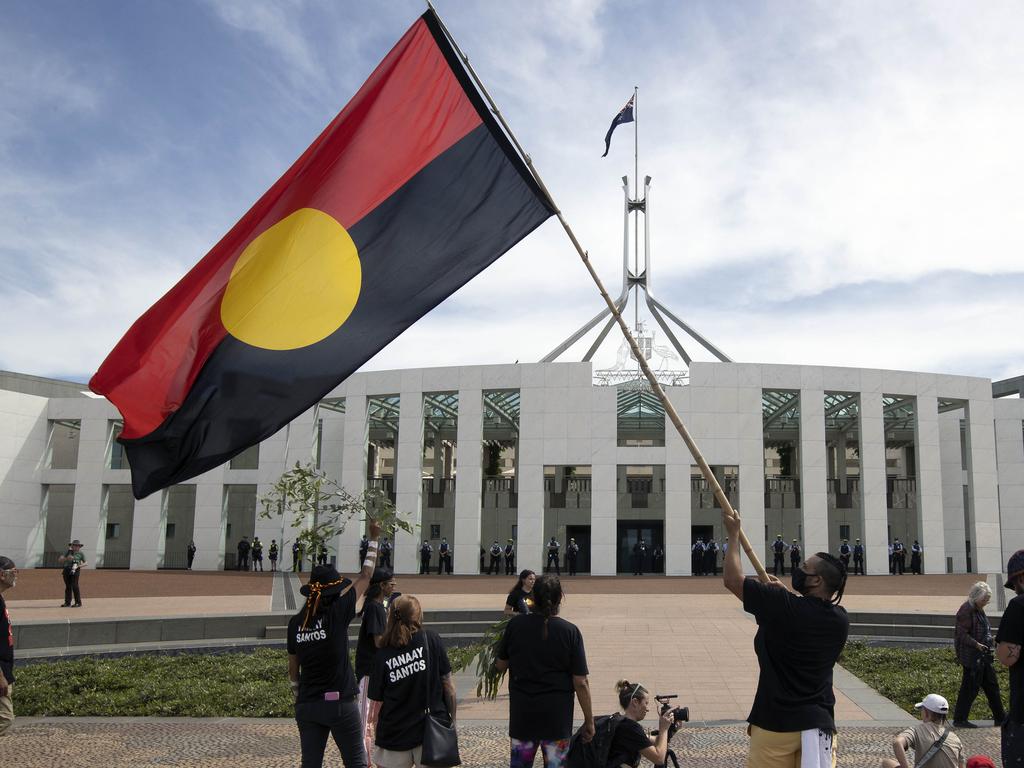Leave voice detail until after the referendum

While many on the left are lining up against Peter Dutton, and seeing him as a threat to achieving recognition, we should remind ourselves of the facts.
The Nationals have taken a party position before waiting for the detail or for the final proposal.
The Greens have been split on this issue for months, with Greens First Nations spokeswoman Lidia Thorpe rallying for Indigenous-specific seats in parliament and campaigning No to the voice. She has now resigned from the Greens, as well she should.
The Liberals have been more considered and disciplined in their approach under Dutton, avoiding adoption of a position until more information is received.
The media hype about Liberal premiers breaking ranks with the federal Opposition Leader shows how aspects of the media are unhelpfully feeding division; there is still a chance that Dutton could support this constitutional reform.
Dutton was part of the cabinet that commissioned and released the co-design report produced by Marcia Langton and Tom Calma. He has said his party strongly supports local and regional voices, which is where true change can be effected.
Dutton wrote to Anthony Albanese with a list of questions that he did not feel he had answers to.
He said he wouldn’t take a position until he had more detail. He didn’t leap into the No camp like the Nationals, Pauline Hanson or the Greens spokeswoman. This is to be commended.
Unlike politicians arguing No, he has been calm, thoughtful and measured. He has shown goodwill yet his questions continue to be taken as a hostile attack.
While the far left and the far right have taken unsurprising positions, advocates for the voice should see the opportunity to work in the sensible middle, which includes many within the Liberal Party.
There is a growing chorus of people who are seeking a reimagined path to success.
As a Wangkumarra/Barkindji man, I’ve been doing my best to help find a path to success for the past seven years. I have always thought recognising Aboriginal and Torres Strait Islander peoples in our Constitution had to create a meaningful change. It had to be something more than just symbolic language. It also has to strike the balance between being something worth winning and something that is winnable.
I grew up in Brewarrina in NSW and was raised in an orphanage on the old Brewarrina Mission with a lot of other Aboriginal kids. It’s not something I talk a lot about because I have worked so hard to change the story for my own family and my own kids.
I am the independent chair of the Barkly Regional Deal in central Northern Territory. For many years I was the national convener of the Empowered Communities, Empowered Peoples initiative and I established the Barang Regional Alliance on the NSW Central Coast.
Empowered Communities is a self-organised group of Indigenous leaders who believe effective change can be driven upwards only from within Indigenous communities themselves. This change requires Indigenous leaders to step up and take responsibility, and for governments to partner more effectively with us to achieve better outcomes for our children and families.
This is also the fundamental premise of a constitutionally guaranteed voice.
The voice will ensure Indigenous peoples have a seat at the table so that Indigenous voices can be heard when decisions are being made about them, and so that governments will listen. In turn, we will achieve more progress towards our shared goal as a nation – to close the gap.
The constitutional guarantee is needed because governments can pull the rug out from under these initiatives with the stroke of a pen, regardless of whether they are working and without even consulting with us first. By creating a constitutional guarantee we’re asking for a fairer and more respectful partnership.
I see the work as chairman of conservative organisation Uphold & Recognise and the independent chairman of the Barkly Regional Deal are one and the same. In both roles the fundamental premise is that structural reform is needed, as well as a guarantee to stay at the table and work through challenges if they arise.
At this point in the voice debate, it’s time to take stock and consider how we can ensure we get as much support as possible across the parliament and the broader Australian community.
Opposition Indigenous Australians spokesman Julian Leeser has called for a more orthodox approach to the referendum. Leeser’s colleague Andrew Bragg has renewed calls for a parliamentary inquiry that would assess the positions of various legal experts, cross-examine these propositions, separate the red herrings from the legitimate legal issues and consider amendments to the proposed wording to go into the Constitution. Empowered Communities leaders have called for the government to establish a bipartisan process, and for the opposition to work constructively with them.
Dutton has said it is untenable not to talk about the detail, while the Prime Minister seems unwilling to answer those questions.
The Referendum Working Group, of which I’m a member, needs to see past the posturing. We need to come together as Indigenous leaders with the government and the opposition, and work through this reform in a bipartisan way to ensure it succeeds and endures.
One solution is to look at the architecture of the voice.
The Calma-Langton co-design process outlined who’s speaking. What is less clear in that design is who is listening. How do those speaking and those listening come together, and what do they talk about at each level? This discussion could be a compromise between Dutton’s detailed questions and Albanese’s push for a referendum based only on principle.
The architecture sits between the principles and the detail. The detail should be left to the parliament after the referendum.
If we could agree on the fundamentals of basic architecture, would this be enough to secure bipartisanship?
Sean Gordon is chairman of Uphold & Recognise and a Wangkumarra/Barkindji man.







In just a few weeks the Albanese government will introduce a bill into the parliament with a set of words to amend the Constitution to guarantee an Indigenous voice in their affairs.